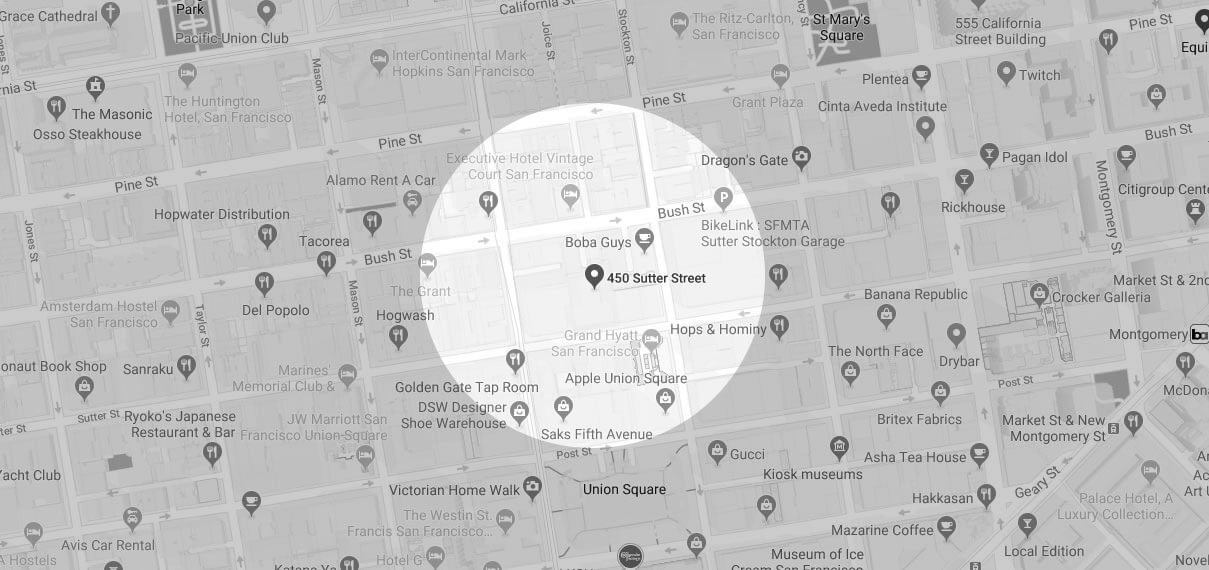Full-Mouth Reconstruction
Full-mouth reconstruction, full-mouth rehabilitation, and full-mouth restoration are terms often used interchangeably to describe the process of rebuilding or restoring all of the teeth in both the upper and lower jaws simultaneously. Your dentist, who has years of experience working with the materials and procedures related to full-mouth reconstruction, will develop a plan that addresses all your needs and will leave you with a perfect smile, ideal bite, and optimal function.
You may be a candidate for full-mouth reconstruction if:
- Your teeth have been lost due to decay or trauma
- Your teeth have been injured or fractured
- Your teeth have become severely worn because of long-term acid erosion (from foods, beverages, or acid reflux)
- You have ongoing jaw, muscle, or headache pain related to your bite
The extent of your reconstruction will depend on the condition of your teeth. Your dentist may recommend crowns, bridges, veneers, or implants to restore your smile to its best possible condition. He or she will also address the state of your gum tissue, as the health of your gums may impact the type of restorations you receive.
Your treatment plan will entail a step-by-step process detailing all aspects of your reconstruction. The duration of your treatment will depend on the extent of work needed, but in the end it will all be worth it. Your teeth, mouth, and smile will be healthy and beautiful for the rest of your life.
When Do You Need Full Mouth Reconstruction?
There are several situations where full mouth reconstruction may be needed, such as where there is generalized loss of tooth structure or collapsed bite. These situations can be caused by rampant decay, physical trauma, erosion from GERD/acid reflux or bulimia, and clenching(bruxism)/grinding of teeth. When several teeth need to be replaced this procedure is often recommended.
What Is the Step by Step Process in Full Mouth Reconstruction?
A comprehensive exam is needed to assess the degree of damage. Your dentist will devise a treatment plan based on clinical observations, dental records, intraoral and extra-oral photos, and x-rays. If the situation is particularly difficult, a treatment plan may be implemented with the help of another specialty consultant depending on:
- Teeth
The condition of your teeth will determine what restorative measures may be required. Many different dental procedures, such as crowns, veneers, bridges, inlays, and onlays, can be considered. Any procedures which affect the color of the teeth must be implemented first, followed by endodontic treatment.
- Periodontal (Gum) Tissues
The condition of the gum tissue is also an important consideration in full mouth reconstruction. For some cases, surgery or gum reconstruction may be needed as part of the treatment. Teeth scaling and deep curettage may also be required.
- Temporomandibular Joints, Jaw Muscles and Occlusion
The muscles, joints, and stability of the jawbone is also a consideration. Stable occlusion with no pain on biting, no tender muscles and no destruction of teeth are all signs of a healthy and stable temporomandibular joint and occlusion. Patients with bad habits such as teeth grinding or clenching will require a habit-breaking device such as a night guard for teeth and restoration protection.
- Aesthetics
Aesthetics always go hand in hand with function. It is very important to evaluate aesthetic expectations before implementing the treatment plan. That’s one of the many reasons for temporization. Not all pretty teeth can be stable and functional. This can be discussed in depth at your consultation session. There are several indicators of aesthetics, like the shape of the face, amount of tooth showing, position of the lip, length of the lip, arch form, tooth proportion and even self-perception.
Full mouth reconstruction might need to involve our top-notch specialist alliance featuring orthodontists, endodontists, oral surgeons, periodontists and prosthodontists.
What Are the Treatment Procedures Included in Full Mouth Reconstruction?
Your treatment plan may include the following procedures:
- Professional teeth cleaning and periodontal maintenance
- Crown lengthening to uncover healthy teeth for construction of crowns and bridges
- Orthodontic repositioning of teeth, and maybe in severe cases orthognathic surgeries
- Gum contouring/gum lift for aesthetics
- Porcelain veneers, crowns, inlays, onlays, and bridges
- Filling any cavities
- Restoration of endodontically treated teeth
- Implant placement as a way to replace missing teeth and preserve the remaining bone structure and better aesthetics
- Temporary restorations for new occlusal bite accommodation and relief of temporary mandibular joints
- Soft tissue and bone graft for support in some cases that need reconstruction and have massive defects
How Is a Full Mouth Rehabilitation Different From a Smile Makeover?
A smile makeover is a cosmetic reconstruction that is chosen by the patient. It is an elective procedure. A full mouth rehabilitation is an essential procedure that is necessary for the health of your teeth. The smile makeover procedure has become very popular due to increased awareness about dental health. It is done mainly to develop the aesthetic look of the smile, but still requires the same knowledge, skills, and facilities for implementation.
Fortunately, with the new biomimetic approach and adhesive dentistry, we can save more tooth structure and the treatments are much more conservative and mostly additive. This approach preserves the natural teeth for a much longer time and prevents catastrophic failures which would result in loss of natural dentition.




